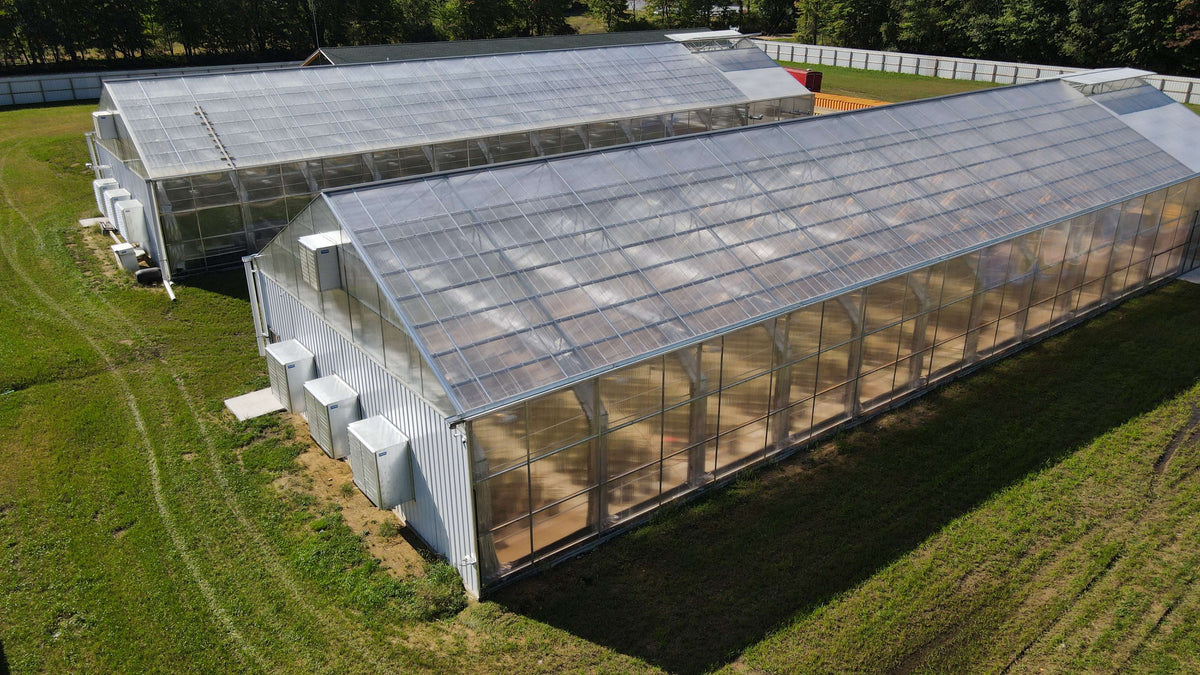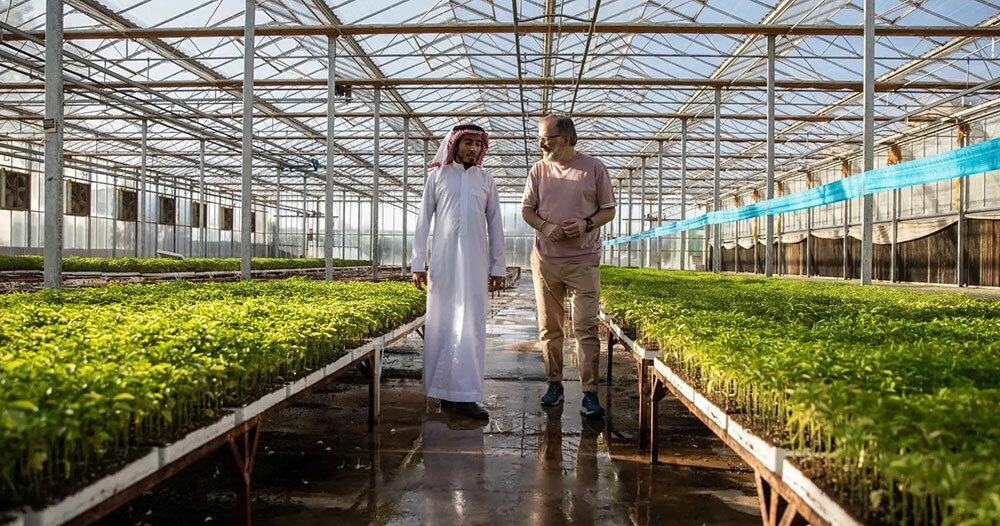Residential Oasis: Monarch Residential Greenhouse Utah Haven for Plants
Wiki Article
The Future of Greenhouses: Innovations in Lasting Farming
Are you curious regarding the future of greenhouses and exactly how they are changing lasting agriculture? From innovative environment control systems to upright farming methods, water-efficient watering methods, sustainable power assimilation, and clever information analytics, these innovations are changing the means we expand our food.Advanced Climate Control Systems
To achieve optimal expanding problems, you can depend on the developments in greenhouses with advanced climate control systems. These systems have actually changed the method we cultivate plants, giving a regulated environment that is conducive to plant development. With these ingenious systems, you can now control temperature level, humidity, light degrees, and also CO2 focus to produce the ideal problems for your plants to prosper.One of the vital functions of these advanced environment control systems is their capability to regulate temperature level. By utilizing sensing units and automated controls, the greenhouse can change the temperature based upon the details requirements of the plants. This guarantees that they are never ever subjected to extreme warm or cold, which can be detrimental to their development.
Humidity control is one more essential facet of these systems. By preserving the perfect moisture levels, you can protect against problems such as mold, mold, and disease from influencing your plants. These systems can additionally control the amount of light that reaches the plants, guaranteeing that they get the optimum amount for photosynthesis.
In addition, advanced climate control systems can also manipulate CO2 focus. By increasing the levels of carbon dioxide in the greenhouse, you can boost plant growth and efficiency. This is specifically useful in locations with low natural carbon dioxide degrees.
Vertical Farming Strategies
One important upright farming technique is making use of piled expanding systems. Piled growing systems are frequently made use of in city locations where area is limited.One prominent technique is understood as vertical hydroponics, where plants are grown in nutrient-rich water without soil. This technique is very effective as it minimizes water usage by up to 90% contrasted to traditional farming approaches. In addition, considering that the plants are grown indoors, they are shielded from bugs and illness, minimizing the requirement for pesticides.
An additional method is aeroponics, which involves putting on hold the plant roots in a haze or air atmosphere. This method enables ideal nutrient absorption and oxygenation, resulting in faster development and higher returns. Aeroponics likewise uses less water than standard farming and can be executed in upright systems, making it a prominent selection for upright farming.
Water-efficient Irrigation Techniques
When it comes to carrying out water-efficient watering techniques in lasting agriculture,Maximizing water preservation is vital. With global water shortage becoming a pressing issue, it is critical to establish cutting-edge techniques that enhance water use in greenhouse procedures.One promising technique is drip watering, which delivers water directly to the plant origins, minimizing waste and evaporation. By utilizing a network of tubes with small emitters, water is applied slowly and specifically, guaranteeing that plants get the essential moisture without excess runoff.
Another effective technique is making use of dirt dampness sensing units. These devices determine the dampness material in the soil and give real-time information to farmers. By checking the soil's wetness degrees, farmers can accurately figure out when and just how much water to apply, protecting against over-irrigation.
In addition, the execution of rainwater harvesting systems is acquiring appeal in greenhouse agriculture. Accumulating rain from roofs and keeping it in tanks allows farmers to use this natural deposit for irrigation objectives, reducing reliance on standard water resources.
Last but not least, the fostering of automated watering systems can considerably boost water effectiveness. These systems make use of sensing units to identify dirt moisture degrees and climate condition, readjusting watering timetables as necessary. By enhancing water use based on actual plant needs, these systems can lower water waste and promote sustainable farming practices.
Renewable Power Integration
Eco-friendly energy combination in greenhouses supplies several benefits, including reduced running expenses and decreased dependence on non-renewable power sources. The generated power can then be used to run different procedures within the greenhouse, such as home heating, lights, and air flow systems. These wind turbines harness wind power and transform it into electricity, which can be made use of to supplement the energy requirements of the greenhouse.Smart Information Analytics and Automation
To boost the effectiveness of your greenhouse procedures and enhance source application, consider executing wise information analytics and automation. Smart information analytics includes gathering and assessing data from different sensors and tools within your greenhouse. By keeping an eye on elements such as temperature, moisture, light levels, and dirt moisture, you can get beneficial insights right into the wellness and growth of your plants. This data can help you make educated choices regarding adjusting ecological conditions, optimizing watering schedules, and preventing possible problems before they arise.
This can consist of automating the control of illumination, air flow, my site irrigation systems, and nutrient delivery. By automating these processes, you can make sure that your plants receive the ideal conditions and nutrients at the ideal time, without the demand for constant hands-on treatment.
Additionally, clever data analytics and automation can collaborate synergistically. The information accumulated by sensing units can be made use of to inform automated systems, enabling them to make real-time modifications based sea oats upon the existing problems. This integration of data analytics and automation can cause extra accurate and effective source allocation, eventually leading to greater returns and far better crop high quality.
Verdict
In verdict, the future of greenhouses in lasting farming looks appealing. With innovative environment control systems, vertical farming strategies, water-efficient irrigation methods, and renewable power assimilation, greenhouses are coming to be extra effective and eco friendly.
By optimizing water use based on actual plant demands, these systems can reduce water waste and promote sustainable farming techniques.

Report this wiki page